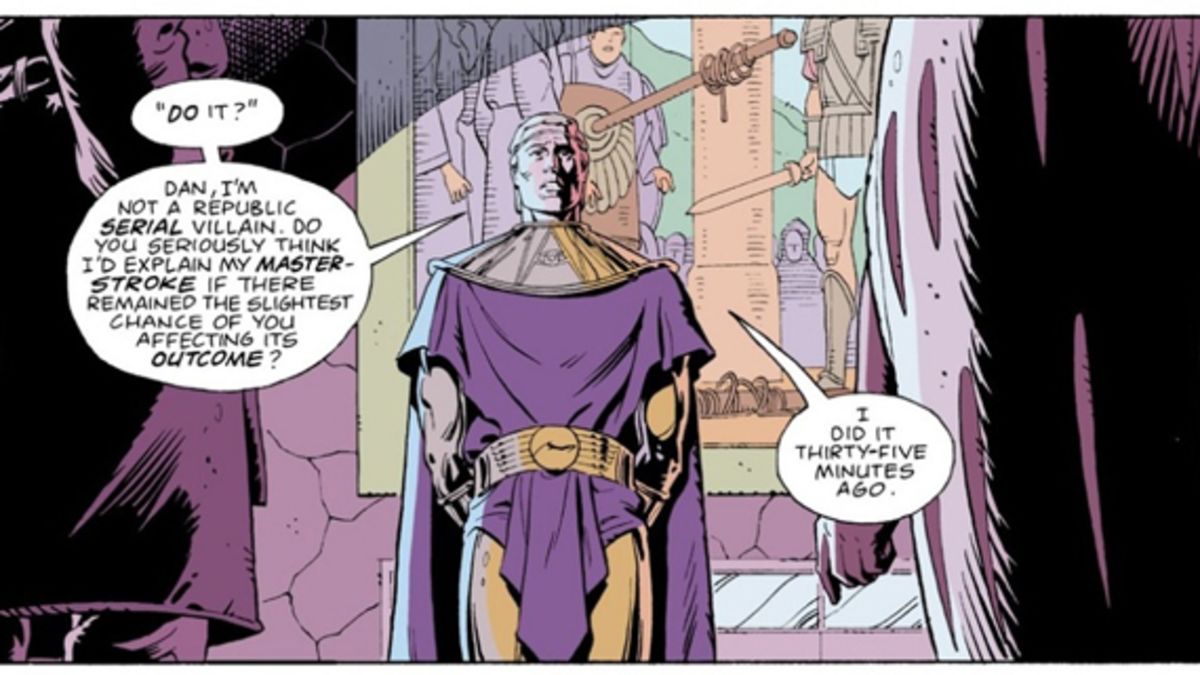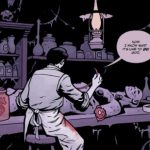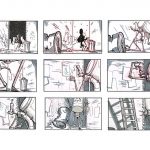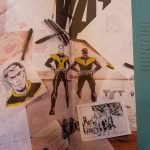“How will I do it, Superman? Inquiry–through simple inquiry.”
For all their violent misgivings and annoying tendency to rant, super villains are excellent role models when it comes to planning (or plotting). Whether it’s one of Lex Luther’s ingenious take over the world schemes or simply the Joker’s mad attempts at spreading a little chaos, villains know how to set reasonable goals and develop creative strategies to achieve their purposes. So, before my educational-action-adventure can grow into the huge muscly narrative it’s going to become, I need to come up with my dastardly research paradigm.
My tech teacher at the University of Victoria recommended the Pacific School of Innovation and Inquiry’s (PSII) method of interrogation. PSII’s model includes six stages for critically engaging with an idea, beginning with “generating a question” moving through “deepening, refining, planning” stages until the ultimate goal of “learning” the skill or insight is fulfilled. I plan on adopting a similar strategy in the development of my comic book and its emerging thesis.

So, to begin, what sorts of questions will guide my research? and what will my weekly plan look like? ZWOOSH! Incoming questions!
- What goes into planning a comic book?
- What sort of tools will I need?
- What sort of programs and technologies can I use to help design my book?
- What social, environmental or technological challenges are facing the students of today?
- What are some unique multimodal strategies I can use as an educator to engage my students?
This coming week, I plan on refining and developing these questions through some preliminary research. I’ve just purchased Dave Gibbons and Tim Pilcher’s book How Comics Work (HCW) and I’m excited to see what the illustrator for Watchmen (Gibbons) has to say regarding the medium.
“Learn how to make comics,” declares HCW’s dust jacket, “from one of the most influential comics creators working today. How Comics Work is a comics masterclass taught by Britain’s first Comics Laureate, Dave Gibbons. Written in collaboration with comic book expert Tim Plicher, this book is fully packed with rare and unpublished material from Dave’s personal archive that reveals to readers insider tips on how his work was created.”
While I don’t know much about Pilcher, Gibbons is widely regarded as one of the great graphic visionaries of the last three decades and, judging from his work in Watchmen, I can certainly see why. I hope to use HWC to begin my secondary stage of PSII’s inquiry process: “deepening” and “refining” my questions about comics and their design.
Additionally, I plan on gathering some insights regarding the contemporary high school experience during my visit to a local academy with my PDP program. Who knows? Perhaps, there will be some Peter Parker’s lying in wait, just waiting for an interview.





